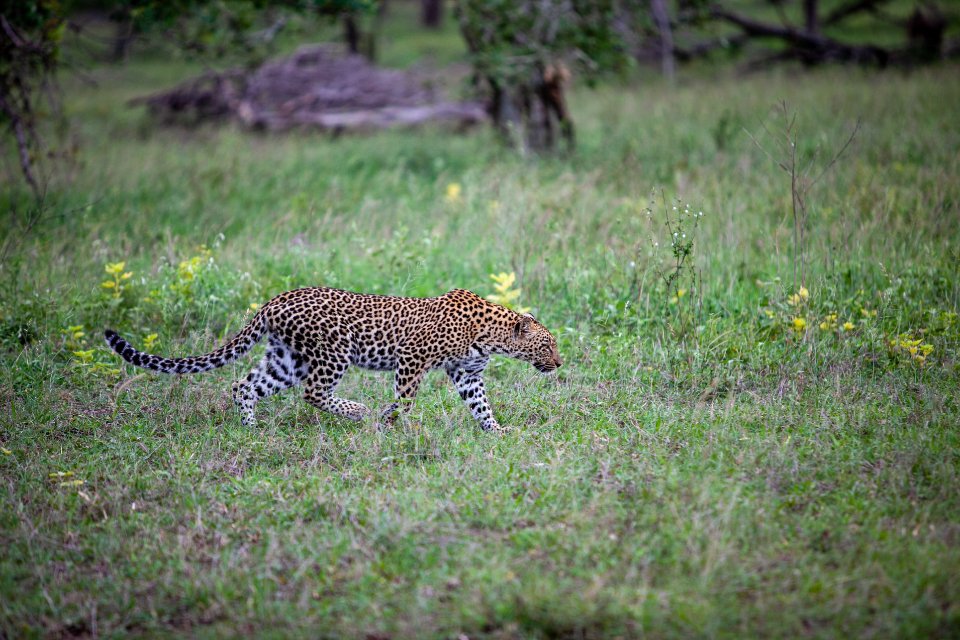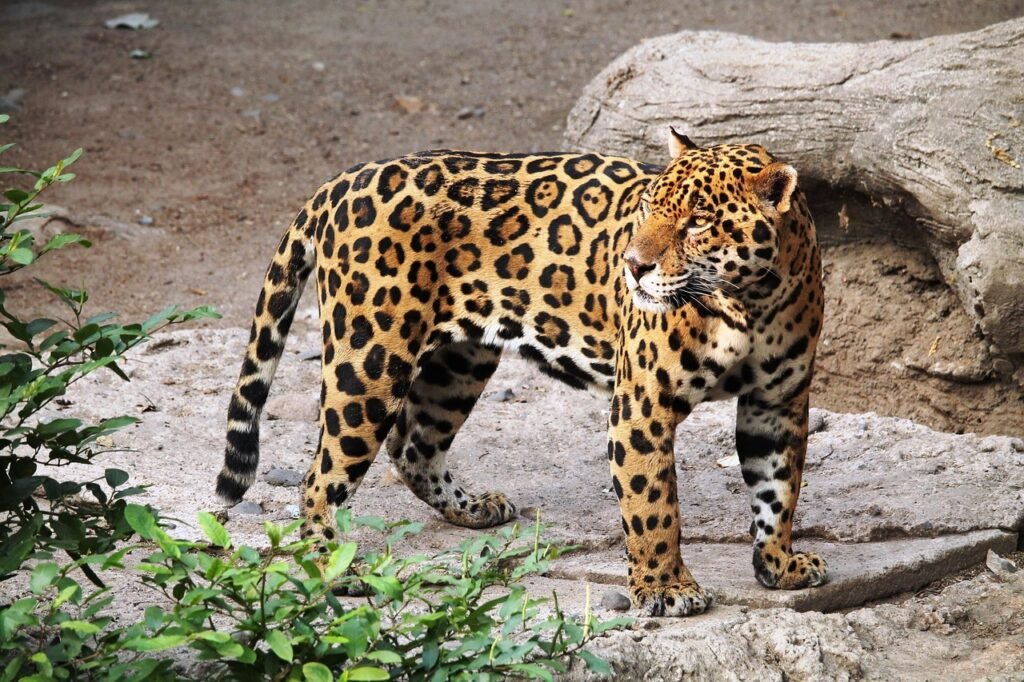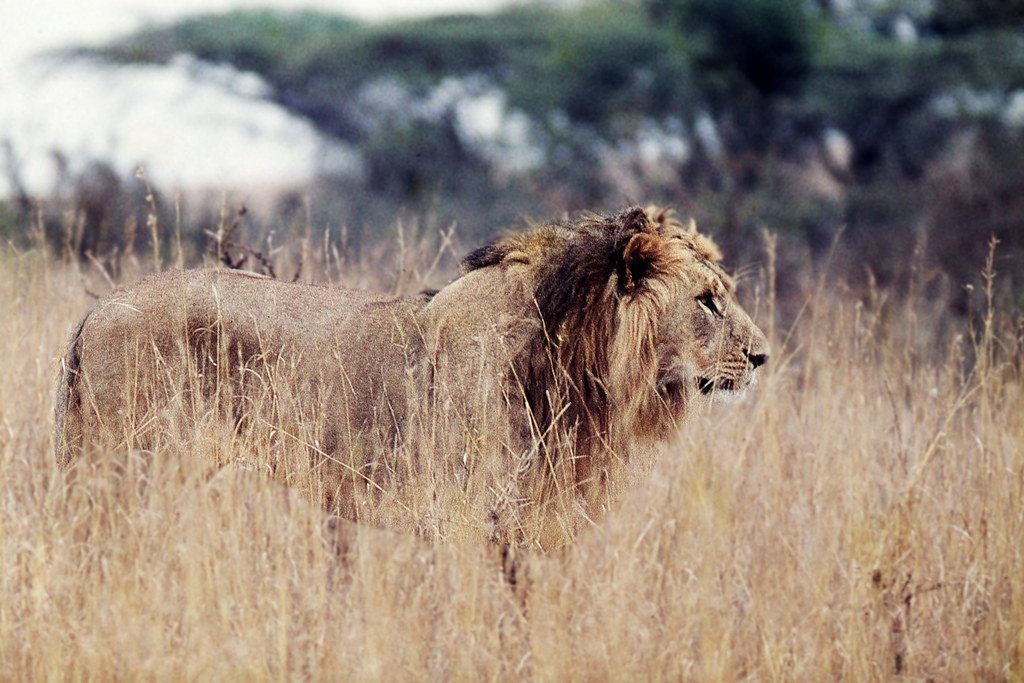The water looks ordinary until it blinks. Then a whiskered head surfaces, a slick ripple becomes a body, and suddenly the story of ’s rivers feels different than it did a decade ago. After generations of sewage, industry, and shrugged shoulders, the state’s waterways are beginning to tell a brighter tale – one written by patient restoration and hard science. River otters, once scarce across many urbanized stretches, are slipping back into creeks and coves, turning quiet marsh edges into small celebrations. Their comeback isn’t an accident; it’s the sum of cleaner water, revived wetlands, and communities that decided their rivers were worth fixing. The mystery now isn’t whether otters are returning, but how far this recovery can go – and what it will take to keep it going in a warming, crowded world.
The Hidden Clues

Look for clues before you look for animals – that’s how you find a secretive carnivore that hunts mostly at dawn. On muddy banks, otter tracks read like punctuation marks, commas of toes and dashes of claw that lead to slick slides etched into the earth. Latrine sites, where otters leave scat and fish scales, serve as riverside bulletin boards announcing who’s in the neighborhood and what they’ve been eating. On a cold morning along a Raritan tributary, I watched a wake stitch across the current, then vanish under a tangle of roots, leaving only the smell of wet leaves and the hush of moving water. These signs aren’t just charming field notes; they’re early indicators that a waterway’s oxygen, fish communities, and sheltering vegetation have crossed a threshold. When such sign begins popping up in places long dismissed as lost, that’s a strong nudge to pay attention.
From Ancient Tools to Modern Science

Tracking otters used to mean reading mud and trusting patience, and those skills still matter, but the toolkit has grown. Camera traps now sit under bridges and along beaver dams, turning quick glimpses into time-stamped evidence that maps where families travel through a watershed. Environmental DNA – microscopic genetic traces shed into the water – lets biologists detect an otter’s presence from a bottle filled at midstream, even when no track or whisker shows. Diet studies pair scat analysis with DNA to sort out whether local otters are feasting on sunfish, suckers, or seasonal schools slipping in from the estuary. Drones help survey marsh recovery without trampling fragile vegetation, and GIS layers stack floodplains, culverts, and roadkill hotspots to guide fixes before they’re urgent. The result is a clearer picture of not just where otters are, but why they choose one creek over the next bend downstream.
A River Reborn

’s otter story starts with water that can breathe again. Upgrades to wastewater treatment, tighter controls on industrial discharge, and steady stormwater reforms have collectively lowered the chemical stress that once squeezed life from urban rivers. Wetland restoration has stitched back tidal and freshwater marshes from the Meadowlands to the lower Delaware, giving otters cover to travel and places to den. Beaver ponds, multiplying in many watersheds, slow floods and create tangled, fish-filled backwaters that otters treat like grocery aisles. Stream projects that reconnect floodplains, pull out obsolete barriers, and plant native willows turn straightened ditches into living edges where fish, frogs, and invertebrates rebound. Put together, these fixes transform a river from a pipe to a place, and otters are quick to vote with their feet and whiskers.
Tracking a Comeback

Wildlife crews fan out in winter, when low water and fresh snow make surveys efficient, logging sign beneath bridges and along marsh edges. Year by year, dots on the map spread up tributaries and across county lines, showing where corridors have quietly reopened. Camera data reveal family groups using the same resting logs and dens for weeks, a sign that food is predictable and disturbance is low. In some reaches, otters are edging into brackish creeks near the bays, following seasonal pulses of menhaden and other schooling fish, then retreating inland as salinity and ice shift. Citizen scientists feed this picture too, with trail-cam clips and annotated notes that turn scattered anecdotes into patterns worth testing. Each confirmed sighting is a small data point, but together they sketch a recovery with momentum.
Why It Matters

Otters sit high enough in the food web to reflect everything below them, making them living readouts of aquatic health. When their numbers tick up, it suggests prey fish are abundant, contaminants are lower, and the river’s structure offers hiding spots and nurseries. Traditional water monitoring captures snapshots of chemistry; otters capture the result of chemistry plus habitat plus time, a biological integration that lab vials can’t see alone. Their presence dovetails with human benefits too: clearer water, stabilized banks, and floodplains that store storm surges are good for towns as well as wildlife. Recreation follows recovery, from paddlers slipping into cleaner side channels to families watching for wakes at sunset, and that visibility builds political will. In short, otters aren’t just back; they’re a practical yardstick for whether our restoration dollars are buying lasting resilience.
Global Perspectives

isn’t the only place where otters are writing a comeback story, but it is a particularly instructive one because of the state’s density and industrial legacy. Across the Northeast and Midwest, river restoration has supported returns after historic declines, with watersheds that cleaned up fastest seeing otters first. In parts of Europe, the Eurasian otter has rebounded as bans on certain pollutants and broad wetland protections took hold, a reminder that policy choices echo in the food web for years. The shared thread is simple: give rivers room, let wetlands breathe, and enforce the rules that keep toxins out, and top predators find their way. That universality makes ’s progress more than a local curiosity; it’s a test case for crowded coastlines worldwide. If otters can thrive along busy corridors here, many cities have hope.
The Science in Motion

Restoration is never finished, and scientists are watching for fine-grained signals that can tilt recovery forward or backward. Contaminant screening in scat can flag hot spots for legacy pollutants and emerging threats like PFAS, guiding cleanup to the places that matter most for top predators. Road ecology studies identify where otters die at culverts and bridge approaches, prompting designs that keep animals under traffic rather than across it. Fisheries work tracks whether prey communities shift with warmer winters and flashier storms, testing assumptions about how much food a river can reliably support. Long-term monitoring weaves these threads with climate projections to forecast where refuges will persist and where marshes may drown without sediment or space to migrate. The science is practical, iterative, and aimed at keeping the comeback from stalling.
The Future Landscape

What’s next looks surprisingly high-tech for a species that naps in root tangles. eDNA metabarcoding will sharpen detection in murky water, teasing apart multiple species at once and allowing real-time alerts when new clusters appear. AI-assisted image tools already scan thousands of camera-trap photos to flag otters without missing foxes, mink, or loose dogs that complicate management. On the ground, nature-based engineering – think living shorelines, floodplain reconnection, and riparian forests – will scale to protect both homes and habitat as storms intensify. Yet challenges loom: warming winters can upend ice-dependent hunting, saltwater intrusion can stress freshwater marshes, and microplastics and persistent chemicals can climb food webs. The long game will be stitching habitat, clean water, and smart infrastructure together so thoroughly that otters become ordinary again.
Conclusion

Keeping the momentum is a community project, and there’s room for everyone. Report sightings to state wildlife portals with clear notes on time, place, and behavior, which helps fill gaps in survey maps. Support wetland and stream-buffer protections in local planning meetings, because strong ordinances today prevent expensive fixes later. If you fish or paddle, give den sites and beaver lodges a wide berth, leash dogs near marsh edges, and pack out line and trash that can entangle wildlife. Volunteer for stream cleanups and tree-plantings, or back land trusts that stitch small properties into real corridors. Most of all, talk about the rivers near you as living systems, not backdrops; the more we treat them like neighbors, the more likely otters will keep calling them home.

Suhail Ahmed is a passionate digital professional and nature enthusiast with over 8 years of experience in content strategy, SEO, web development, and digital operations. Alongside his freelance journey, Suhail actively contributes to nature and wildlife platforms like Discover Wildlife, where he channels his curiosity for the planet into engaging, educational storytelling.
With a strong background in managing digital ecosystems — from ecommerce stores and WordPress websites to social media and automation — Suhail merges technical precision with creative insight. His content reflects a rare balance: SEO-friendly yet deeply human, data-informed yet emotionally resonant.
Driven by a love for discovery and storytelling, Suhail believes in using digital platforms to amplify causes that matter — especially those protecting Earth’s biodiversity and inspiring sustainable living. Whether he’s managing online projects or crafting wildlife content, his goal remains the same: to inform, inspire, and leave a positive digital footprint.




